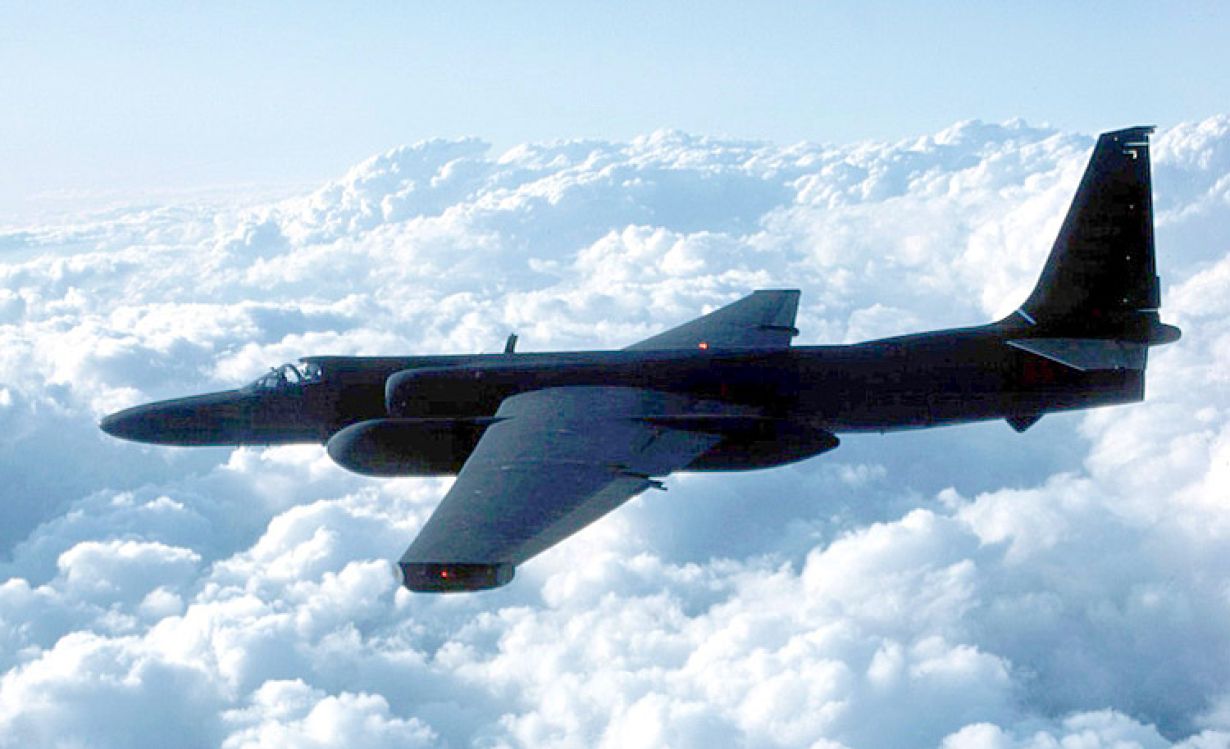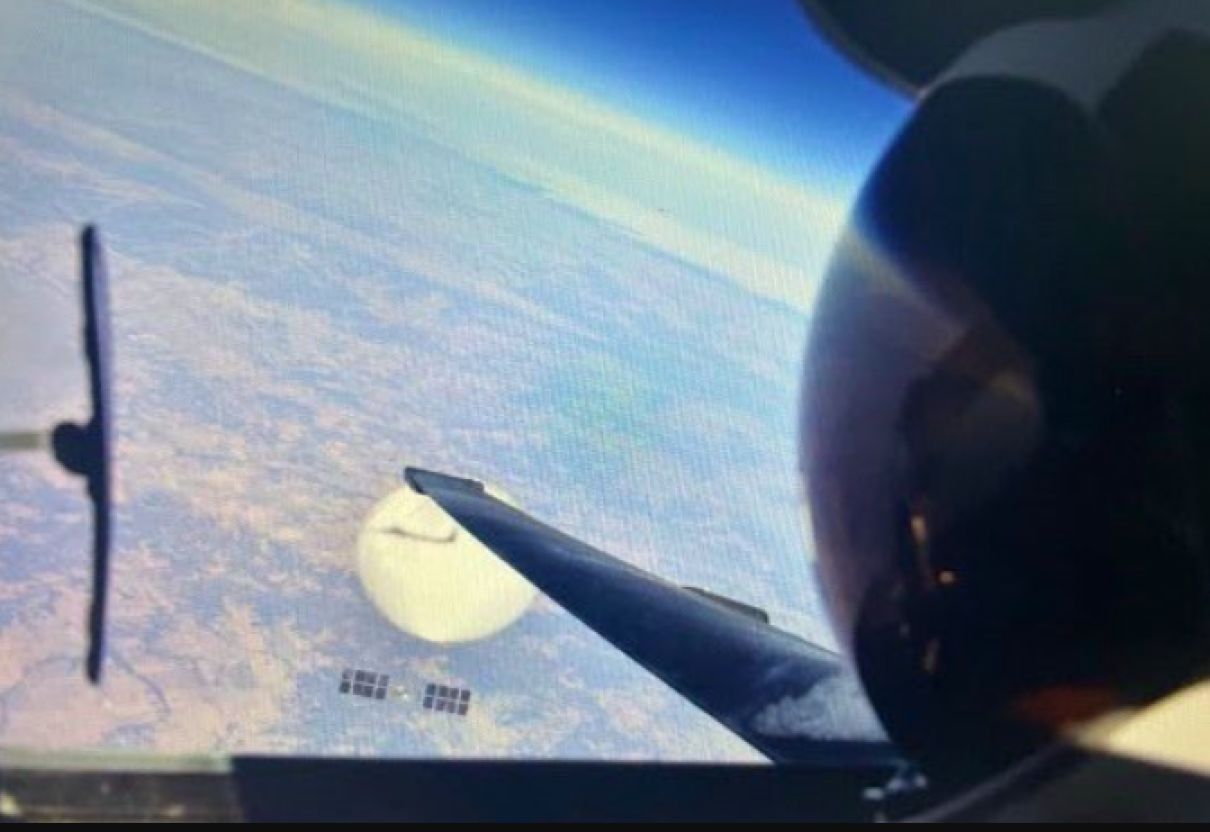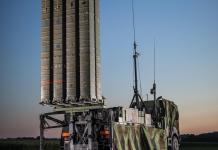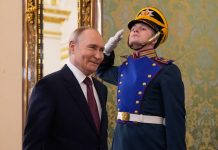In the era when satellites were not there to spy on the enemy, countries like the US resorted to reconnaissance aircraft, and the most prominent name was U-2, nicknamed the Dragon Lady.
Designed in the 1950s, the Lockheed Martin aircraft could reach a staggering altitude of 70,000 feet, much beyond the range of the adversary’s anti-aircraft missiles, to take high-resolution photographs.
Quite a few of these aircraft have been shot down over time. However, the US has remained tight-lipped about the missions that these aircraft have been carrying over China. What adds to the mystery is that these ‘Super Spy’ aircraft were not helmed by US pilots but by Taiwanese ones.
Even after 50 years, the US has not declassified the missions carried out by the Dragon Lady, indicating the sensitivity. However, a Taiwan-made documentary film and histories published on US government websites reveal that the U-2 planes were transferred to Taiwan as part of a covert mission to spy on Communist China’s burgeoning military capabilities, including the nuclear program, which was in its nascent stage. The US suspected that the Chinese nuclear weapons program was supported by the erstwhile Soviet Union.
U-2 became a symbol of espionage battles between the US and China, and between the 1960s and 1970s, at least five of them were shot down while carrying out their surveillance missions over China.
The aircraft was operated by the Central Intelligence Agency (CIA) at the time. The cover story, which no country bought, was that it was on a weather reconnaissance mission.
The story was shredded to pieces when the USSR shot down a CIA-operated U-2 in 1960 and put its pilot, Gary Powers, on trial. The US, which has been contending that the plane was on a weather reconnaissance mission and drifted into Soviet airspace after the pilot blacked out due to oxygen depletion, had to concede that it was a spy mission. Powers was later brought home through a prisoner swap program.
In the 2018 documentary film “Lost Black Cats 35th Squadron”, Chris Pocock, the author of “50 Years of the U-2,” marked it as a turning point.
“Since America didn’t want to have its pilots shot down in a U-2 the way Gary Powers had been over the Soviet Union in 1960, which caused a major diplomatic incident, they turned to Taiwan, and Taiwan was all too willing to allow its pilots to be trained and to do a long series of overflights over mainland China.”
Taiwan, at the time, was known as the Republic of China and had a mutual defense treaty with Washington. Then, the US sent US-made U-2s to the self-governing island. The Taiwanese military set up a squadron named the “Weather Reconnaissance and Research Section.” The Taiwanese pilots were trained in the US to fly the U-2 and named the aircraft “Black Cats.”
The Black Cats program was necessitated as Americans needed to gather information about mainland China—its strengths and weaknesses, the location of its military installations, submarine bases, and the type of aircraft it was developing. The island provided a strategic position to monitor the developments.
Lloyd Leavitt, a retired US Air Force Lieutenant General, described the mission as “a joint intelligence operation by the US and the Republic of China (later Taiwan).”
The U-2s were painted with the Republic of China (ROC) insignia, and the ROC pilots were under the command of an ROC (Air Force) Colonel. Washington planned the missions, and both countries gathered intelligence.

The Cover Story For The Dragon Lady
The cover story was that the Republic of China had purchased the aircraft. The section came to be known as the 35th Squadron and had the Black Cat as its insignia. The idea was that black cats go out at night, and the U-2 would usually launch in the darkness. Their cameras were the eyes, and it was very stealthy, quiet, and hard to get.
A Russian Jet That Shocked The West! The Incredible Story Of MiG-15 That Decimated USAF Bomber Fleet
The Americans worked with the Taiwan pilots at the base to maintain and process the information gathered. They were called Detachment H. Ostensibly. All US personnel were ostensibly employees of the Lockheed Aircraft Company.
Among the first Taiwanese pilots to fly the U-2 was Mike Hua, who was at the Taoyuan Air Base in early 1961. In 2002, Hua wrote a history of the unit for the magazine Air Force Historical Foundation.
The operation was code-named “Razor”. As per Hua, the intelligence gathered by the flights was “tremendous” and was shared between Taipei and Washington.
“The missions covered the vast interior of the Chinese mainland, where almost no aerial photographs had ever been taken, ” he wrote. “Each mission brought back an aerial photographic map of roughly 100 miles wide by 2,000 miles long, which revealed not only the precise location of a target but also the activities on the ground.”
The sensors on the U-2 aircraft gleaned information about Chinese radar capabilities. According to Taiwan’s Defense Ministry’s website, the Black Cats flew 220 reconnaissance missions between 1962 and May 1974, covering “more than 10 million square kilometers over 30 provinces in the Chinese mainland.”
Despite the stratospheric reach of the aircraft, the Black Cats were to find out soon that the U-2 was not invincible to the anti-aircraft fire. On September 9, 1962, the Chinese Army’s anti-aircraft missile claimed its first U-2 aircraft, which was flying a mission over Nanchang, China. He was shot by SA-2 missiles.
Dragon Lady Down
In the subsequent years, three more Black Cat U-2 pilots were killed while flying missions over China as the PLA figured out ways to counter the spy plane.
“The mainland Chinese learned from their radars where these flights were going, what their targets were, and they began to build sites for the missiles but move them around,” Pocock said.
“So they would build a site here, occupy that site for a while but if they thought the next flight would be going over here, they would move the missiles. It was a cat-and-mouse game, literally a black cat-and-mouse game between the routines from the flights from Taiwan and those air defense troops of the (Chinese) mainland, working out where the next flight would go.”
On November 1, 1963, another U-2 aircraft on a reconnaissance mission over a suspected nuclear facility in Wuhan was shot down by PLA-Air Force SA-2 missiles. The pilot was later captured. The pilot was later released in Hong Kong, and the CIA moved them to the US. They were allowed to return to Taiwan only in 1990.
On July 7, 1964, another aircraft was hit by a PLAAF SA-2 SAM over Fujian province when it took off from US Naval Air Station Cubi Point in the Philippines to examine China’s supply route from Hainan Island to the borderlines between Mainland China and North Vietnam. The pilot died following a failed ejection.
On January 10, 1965, another U-2C aircraft took off from the Taoyuan air base to conduct a photo reconnaissance mission to ascertain the production status of the PLA’s Atomic Bomb. He, too, was shot down by the SA-2 Surface-to-air missiles. The pilot was captured.

On September 8, 1967, a U-2 aircraft on a reconnaissance mission over Jiangsu Province was shot down by a PLAAF HQ-2 Surface-to-air missile, which is a reverse-engineered SA-2 missile.
Another aircraft was lost while carrying out a night-time reconnaissance mission over the coast of Hebei Province and experienced a flight control failure over the Yellow Sea. Despite a week of aerial and maritime search and rescue operations, no trace of the aircraft was found.
Dragon Lady In Present Day
Taiwan returned its U-2 to the US, and the US Air Force still operates these planes. On January 4 this year, the US Air Force’s units at Beale Air Force Base in California staged an “elephant walk,” essentially bringing out all of its U-2 planes for one long showcase of what it can do.
The U-2 is powered by a lightweight, fuel-efficient General Electric F118-101 engine, which means it doesn’t require mid-air refueling on long-duration missions. The U-2S Block 10 is equipped with advanced fiber-optic technology and has become a quieter platform for the newest generation of sensors.
The aircraft has the following sensor packages: an electro-optical infrared camera, an optical bar camera, advanced synthetic aperture radar, signals intelligence, and network-centric communication.
The original U-2A, built in complete secrecy by Kelly Johnson and the Lockheed Skunk Works, first flew in August 1955. Early flights over the Soviet Union in the late 1950s provided the president and other U.S. decision-makers with key intelligence on Soviet military capability. In October 1962, the U-2 photographed the buildup of Soviet offensive nuclear missiles in Cuba, touching off the Cuban Missile Crisis.
In recent times, the U-2 has provided intelligence during operations in Korea, the Balkans, Afghanistan, and Iraq. When requested, the U-2 also provides peacetime reconnaissance in support of disaster relief from floods, earthquakes, and forest fires, as well as search and rescue operations.

In 2023, U-2 got into the limelight for conducting a snooping mission on China’s spy balloons floating over the US territory. The pilot of one Dragon Lady even managed to get a selfie with the balloon at a high altitude.
The USAF intends to retire the U-2 in 2026, aiming to replace the Cold War-era spy plane with newer technology. However, the service has said that until then, it intends to keep the U-2 Dragon Lady in service to avoid a loss of operational capability.
The aircraft might gather a few more interesting aviation stories before it flies into the sunset.




